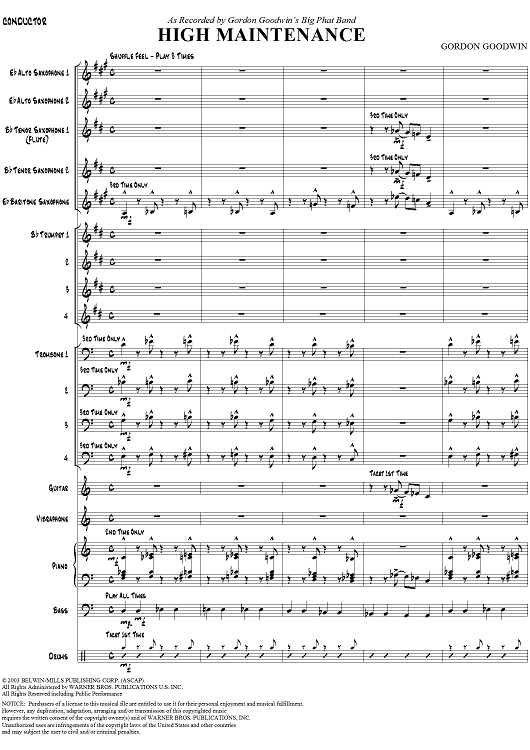So far for improvisation I have not been drumming at all. I have been learning scales on keyboard and improvising over backing tracks in different keys. I can understand why this will benefit me musically, although I feel like I am practicing keyboard more than I am playing drums. So far I don't feel any more accomplished at improvising on a kit, and i'm not particularly sure how I will be graded on improvisation.
I have been continuing to practice scales on a keyboard, however it feels like I am trying to learn a second instrument.
I understand how this is helping me musically, and I feel like I have a much better understanding of how keys and scales work together.
Strengths -
I feel very confident in my drumming and usually improvisation is no problem at all when I am drumming, I am just not sure how this will be graded and I don't feel that my confidence in drumming really shows in this class.
Weaknesses-
I think my weaknesses in this class are being quite slow at working out the theory and connecting it with my playing on a keyboard. I believe that I can understand the theory behind the scales and keys but I am not particularly fluent in playing them on a keyboard which makes me look relatively bad at it.
Improvements -
To improve by next performance block, I will ask my drum tutor more about improvisation on a kit and I will hopefully have a better understanding of how I will be graded, I will also keep practicing the scales on keyboard, although I don't see why I should be graded on a keyboard for this class. I do however understand the importance of the theory behind the improvisation so I will continue to try and understand this to the best of my ability as I believe I have a decent understanding of it already through my theory classes.
_________________________________________________
Pieces Studied-
High Maintenance - Big Phat Band http://www.youtube.com/watch?v=-Y5r-4Wte2A
This piece is a very up tempo Big Band piece. Quite jazzy in feel as the feel is counted on the "two and four". There are some amazing harmonies used throughout the piece making full use of the band. Also there is an endless amount of room for solos, with a really nice backing rhythm and hits to compliment the soloist. There are a few sections where the melody is off beat, and where the phrasing starts half way through the bar, creating some really intricate rhythmic ideas and feels, which also makes it very challenging to play. My plan is to play this for my end of year performance with the big band. I may transcribe some or possibly all of it myself to try and get better at transcribing and to give me a better knowledge of harmony and rhythm notation.
Splanky - Count Basie http://www.youtube.com/watch?v=VBTSoLzZ3-U
This piece has quite a laid back feel to it, again can be played with a big band, the main riff is not dramatically rhythmic but sits very nicely in the rhythm. The piano plays a lot of 7th and diminished chords as with most in this style of playing, again giving it that jazzy edge to the sound. Splanky also has the classic question and answer style of playing, which compliments the soloist in certain places also giving some intertwining rhythms. There is quite a lot of dynamic contrast throughout the piece.
So What - Miles Davis http://www.youtube.com/watch?v=zqNTltOGh5c&ob=av2n
This piece has a very nice laid back swing feel to it, walking bass throughout. The main riff is a very simple but very effective rhythmic idea, which moves up in melody, then back down again. The basis for the soloists is very bare and simple which puts a lot more focus on the soloist, they really stand out. Repetition seems to be quite common in this piece as the man riff is very repetitive. Even in Davis' solo, the same rhythmic ideas seem to keep coming up which creates a lot of intensity.
